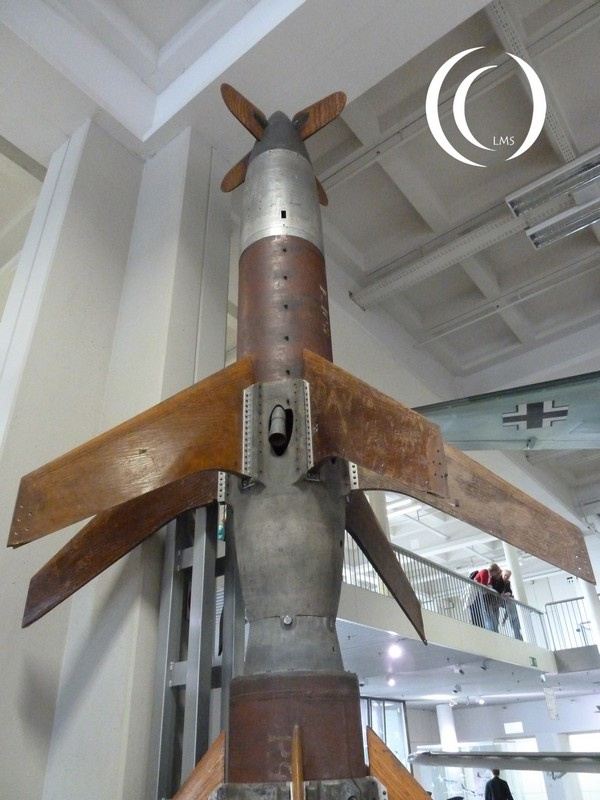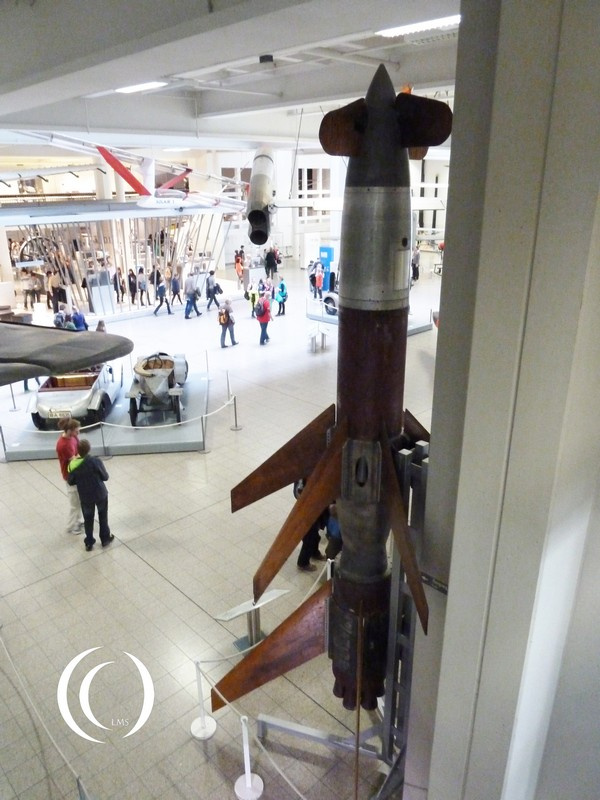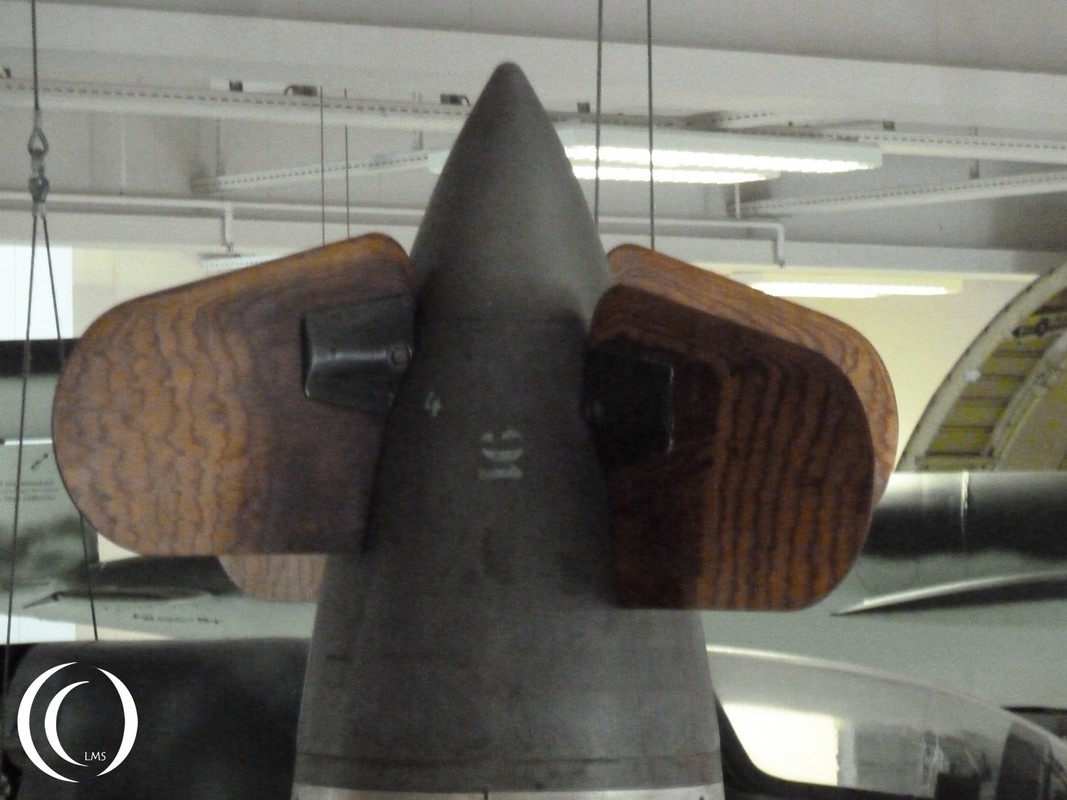
The Rheintochter missile was a two stage anti-aircraft missile. The name means Rhine Maiden and comes from the Wagner Opera Der ring Des Nibelungen. The German army ordered the surface to air rocket in November 1942 for support of the Flak guns. Rheinmetall – Borsig manufactured the Rheintochter and tested two versions near the town of Leba in Poland. The tests started in August 1943, three versions were made, R1 to R3. The R2 was no improvement on the R1 therefore the development of this version was dropped.
The R3 version had a top speed of 400 m/s, 1440 km/h, it reached supersonic speed.


Technical details
The Rheintochter was 6,3m long, the actual missile was almost 2,9 meters long and it carried a 25 to 250 kg warhead. It was controlled by radio from the ground. It had a fuze that was proximity sensitive (electromagnetic) or a fuze that could be detonated by the ground crew.
The tip of the Rheintochter had four wooden fins which gave direction to the rocket, six large fins at the end of the first stage and four fins at the last stage. The rocket could be fired from a fixed concrete position, a ramp, or a converted Flak gun carriage.


Before the tests were completed the project was stopped and resources were used in the Jägernotprogramm, the emergency fighter program. During the last year of the war the Germans needed more and more fighter planes to stop the massive allied bombing raids. The project stopped after 82 test flights on 6 February 1945.

